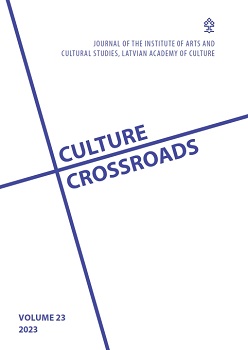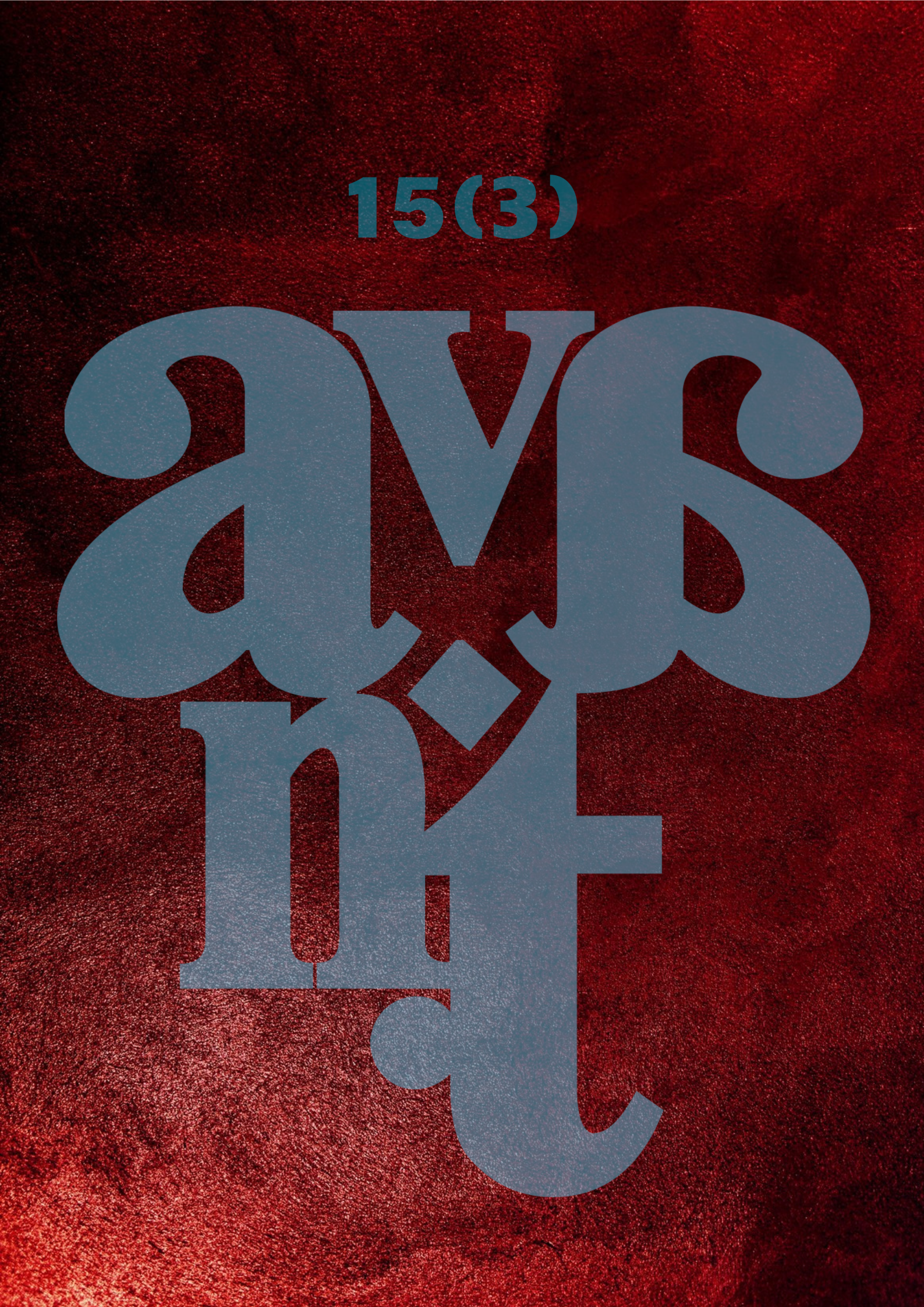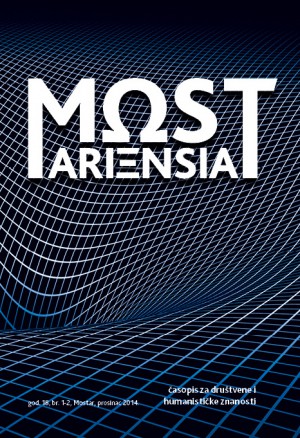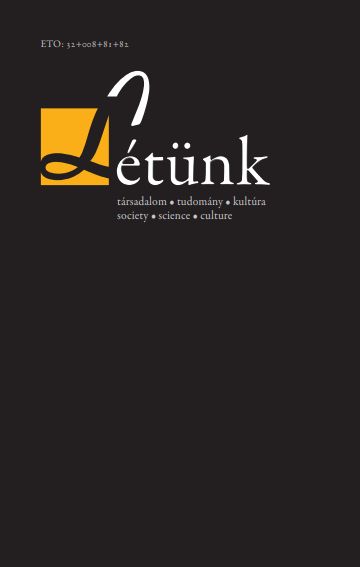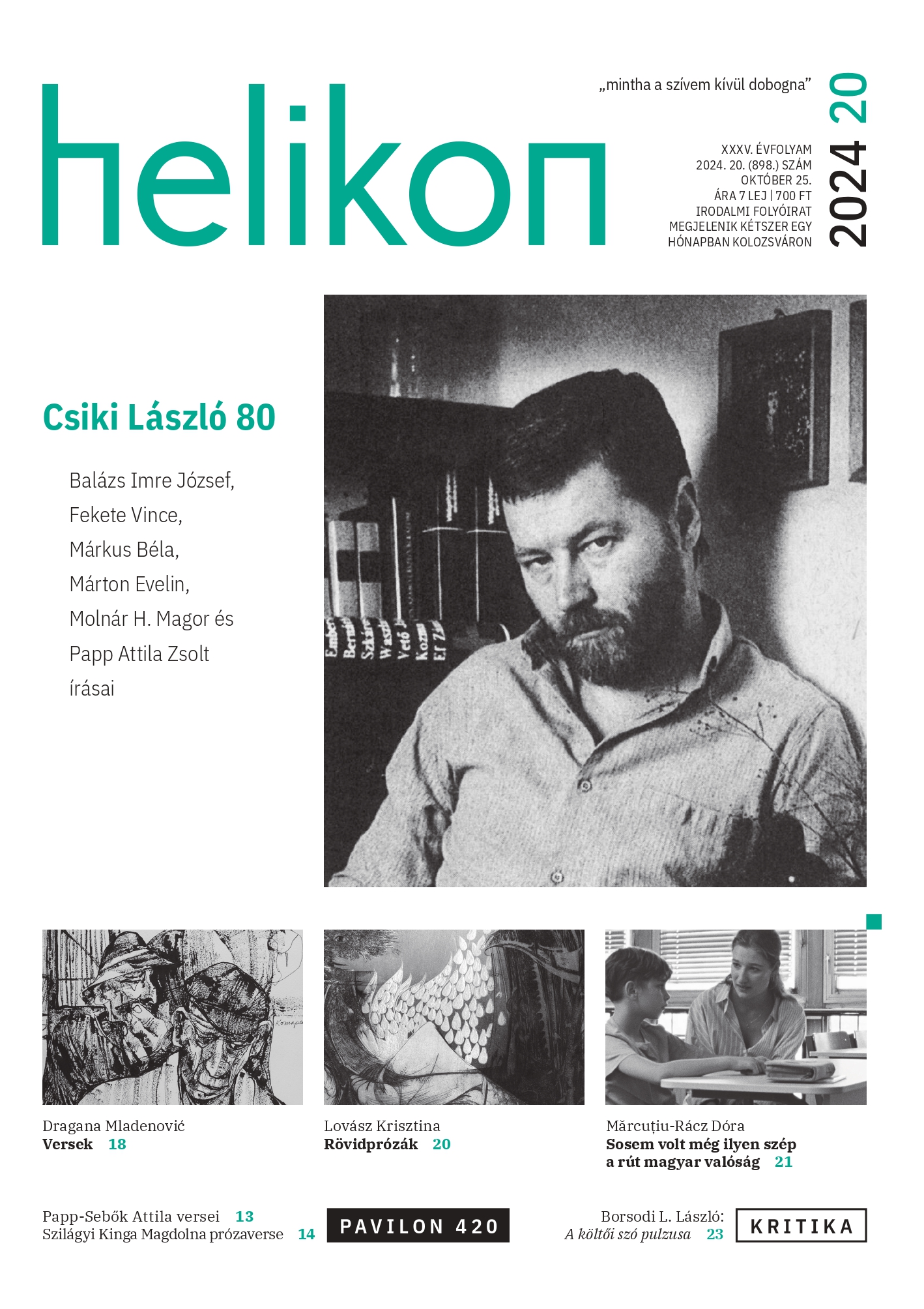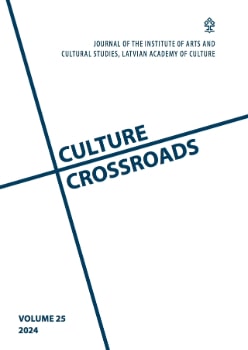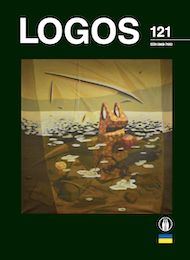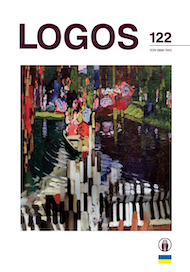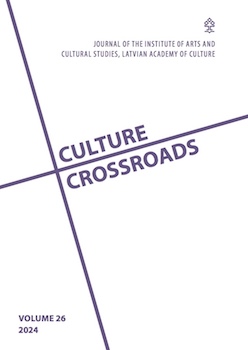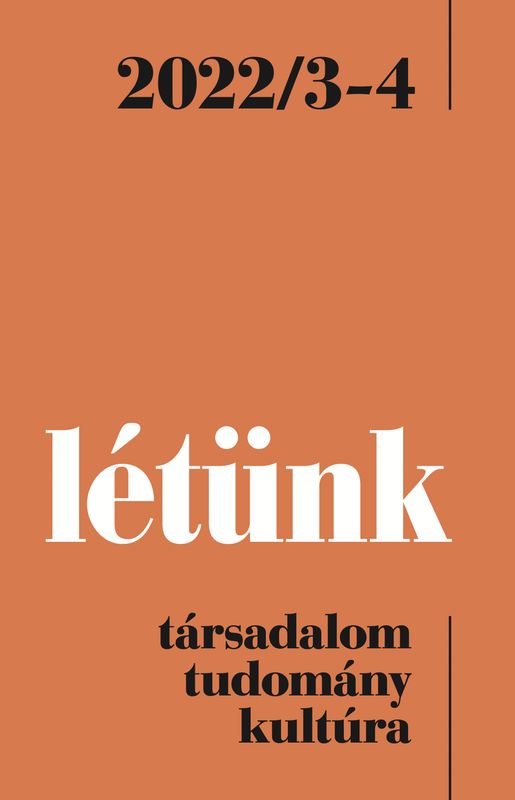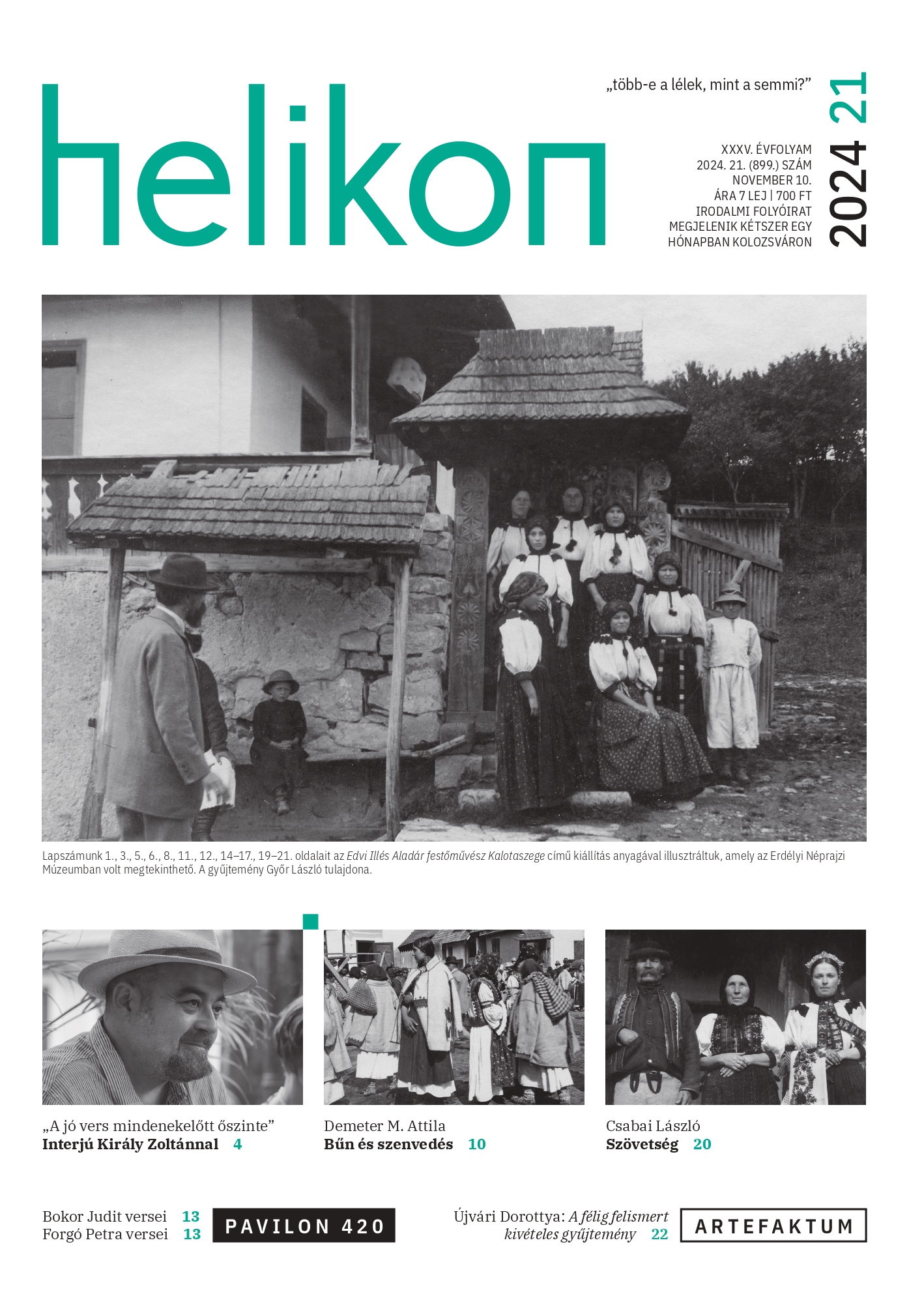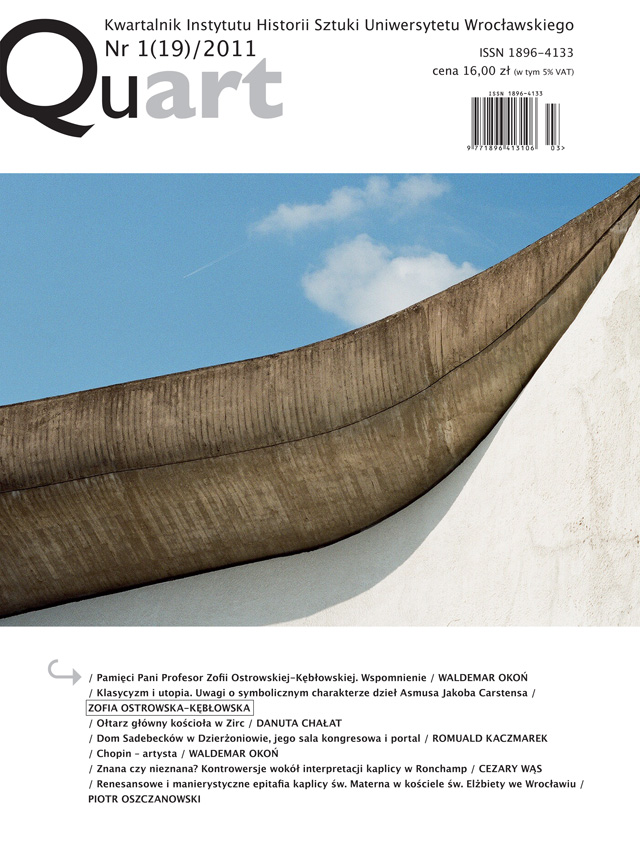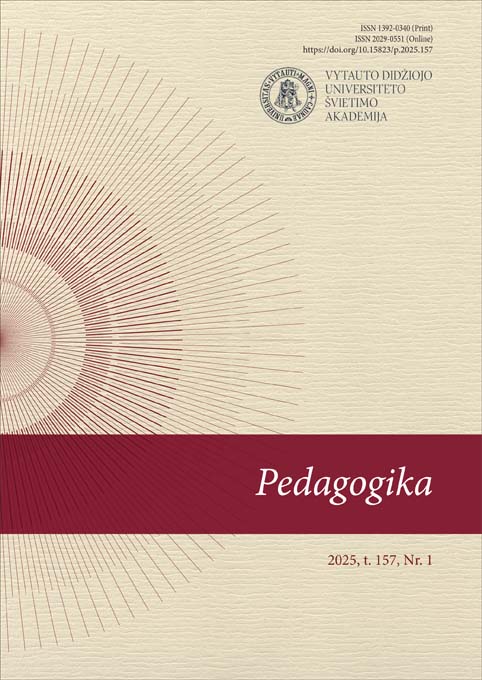TRACKING CHANGES IN HARMONIC INTERVAL STRUCTURES OF SVAN SONGS BASED ON COMPUTATIONAL ANALYSIS OF FIELD RECORDINGS FROM 1959-1971
This study investigates the historical evolution of harmonic interval structures in Svan polyphonic songs using computational analysis of field recordings from 1959 to 1971. Svan songs, like other Georgian regional music, employ tuning systems that deviate from Western intonations, with the precise nature of these systems still debated. The audio archive of the Folklore Laboratory of the Tbilisi State Conservatoire holds an extensive collection of field recordings of authentically-performed Svan songs, offering a unique opportunity for in-depth analysis. Traditional music information retrieval (MIR) techniques for fundamental frequency (F0) estimation are inadequate for these polyphonic recordings due to their reliance on monophonic sources. However, advances in deep learning now enable the estimation of multiple F0 frequency salience maps from single-channel polyphonic recordings. We trained a deep learning model for multiple F0 estimation and applied it to 136 single-channel recordings of Svan songs from the Conservatoire's archive. The estimated harmonic intervals were used to construct statistical models of the interval distributions for each song. Employing hierarchical clustering based on the Wasserstein distance metric, we identified clusters of recordings with similar harmonic interval distributions. Our analysis reveals distinct patterns of harmonic interval structures, providing insight into the tuning practices of Svan music within the past century. The clustering results indicate possible shifts in musical intonation, suggesting a dynamic evolution in the interval structures of Svan songs. This research contributes to the understanding of Svan musical heritage and demonstrates the efficacy of modern computational techniques in ethnomusicological studies.
More...
